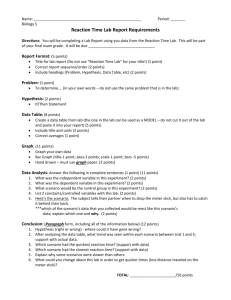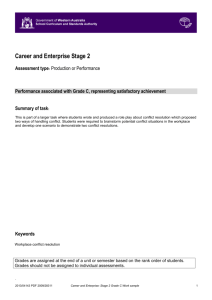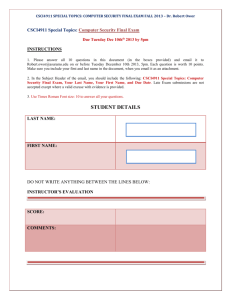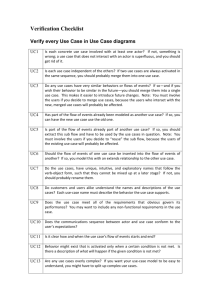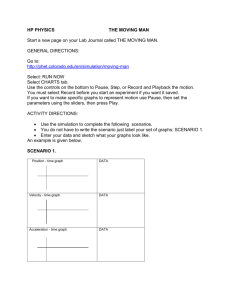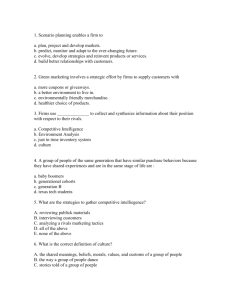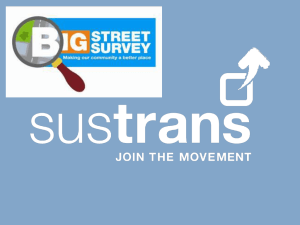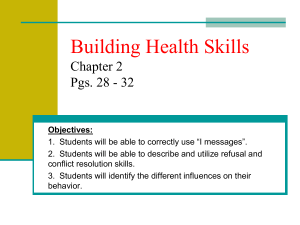Gwynne Dyer, Climate Wars - Sustainability Book Club
advertisement
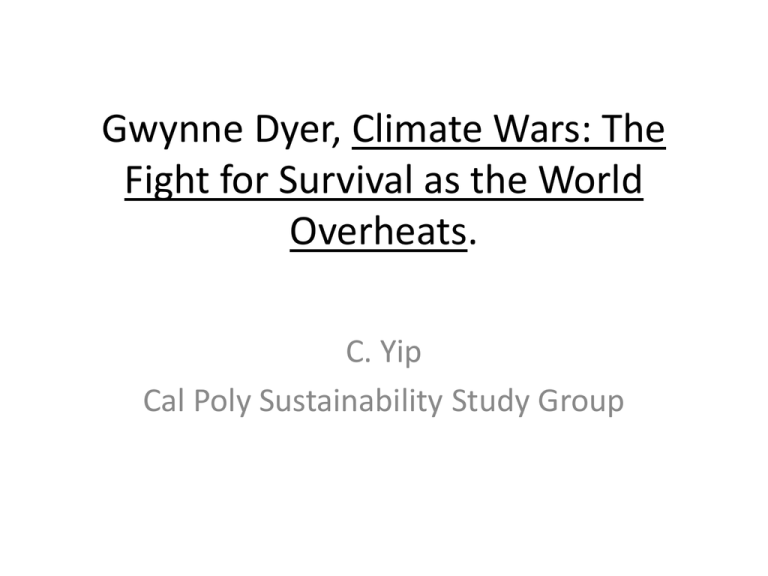
Gwynne Dyer, Climate Wars: The Fight for Survival as the World Overheats. C. Yip Cal Poly Sustainability Study Group • • • • • • • • Born: 1943, St. John’s, Newfoundland. At 16, Royal Canadian Naval Reserve. BA, History, Memorial University of Newfoundland MA, Military History, Rice University. PhD, Military & Middle Eastern History, King’s College London. Senior Lecturer, Royal Military Academy Sandhurst, 1973-77. Journalist, 1973-present. Columnist on International affairs, in over 175 papers in 45 countries. • 9 books. • Documentary TV series, “War.” Sources • Defense Department studies on the impacts global warming trends (eg. National Security and Climate Change, 2007) • Published Climate change reports • Interviews ..."this is a book about the political and strategic consequences of climate change"... (x) "First, this thing is coming at us a whole lot faster than the publicly acknowledged wisdom has it.” “Second, all the stuff about changing the light-bulbs and driving less, although it is useful for raising consciousness and gives people some sense of control over their fate, is practically irrelevant to the outcome of the crisis." "Third, it is unrealistic to believe that we are really going to make those deadlines...it's too late now.” (xii) "And fourth, for every degree that the average global temperature rises, so do the mass movements of population, the number of failed and failing states, and very probably the internal and international wars.” (xiii) Scenario 1: The Year 2045 & Chapter 1 Geopolitics of Climate Change • • • • • EU collapse – north south split Russia rises China slides into chaos South Asian and Central American famines Expanding deserts and mass migrations A 2.8 degree celsius rise leads to the partial failure of the oceanic carbon sinks, the melting of the permafrost, an ice-free Arctic in summer, bigger hurricanes, rising sea levels and megadeaths from mass starvation, and maybe nuclear wars. Scenario 2: Russia 2019 & Chapter 2: An Inevitable Crisis Struggle over Arctic resources by Russia, Canada, and others. Technological development generated population growth altering the climate making a crisis inevitable. Die-offs will probably halt population growth. Scenario 3: United States, 2029 & Chapter 3: Feedbacks: How Much How Fast? Desertification of Central America leads to the disintegration of the Mexican government and mass-migrations northward, answered by a deadly US border defense. The possible complex feedback loops in the Earth’s climatic system can alter the rate and timetable of the crisis. Scenario 4: Northern India, 2036 & Chapter 4: We Can Fix This… Pakistan-India nuclear war generated by water and food shortages. Maybe there are technical solutions if implemented by the world’s peoples. US shift from Clinton administration’s acknowledgement but blocked from action [Kyoto Protocol] by the Senate to G. W. Bush administration’s denial of a problem. Scenario 5: A Happy Tale & Chapter 5: …But Probably Not in Time • Oil price shock leads to alternative energy development and use. • Carbon Capture and Sequestration. As conditions worsen, international negotiations will get more difficult, and with an uncertain outcome. Scenario 6: United States & United Kingdom, 2055 & Chapter 6: Real World Politics As efforts at a global agreement fails, the US mines the waters of the Great Lakes to stave off disaster, while England turns to food self-sufficiency and blocking immigration. Copenhagen 2009 was much less effective than Kyoto 1997. Scenario 7: China, 2042 & Chapter 7: Emergency Measures New forms of eco-terrorism arise out of the ecological and ideological motives. High technology versus conservation. Individual countries try desperate schemes to lower temperatures on their own. 2039 Indonesia and the Philippines try high-altitude balloon release of sulfur into the stratosphere to lower temperatures funded by China. When an eruption of Mount Toba added to the effect and the combined effects dropped the temperature 4 degrees Celsius causing worldwide crop failures, and deaths from starvation. [Ergo, the dangers of climate experimentation.] Geo-engineering (global dimming, carbon dioxide extraction, etal.), reforestation, and ocean fertilization might buy time while international solutions are worked out, or possibly not. Scenario 8: Wipeout & Childhood’s End In 2175 about 300 million survivors, speaking English and Russian cluster around the shores of the Arctic Ocean with small population clusters elsewhere. The oceans were smelling of H2S [rotten egg] gas. Humans have destabilized the earth’s climate system, and through its actions may have already initiated “an extinction event simply by taking over so much of the planet’s surface for our own purposes.” [268] “The job, for the rest of this century, is repairing the damage we did over the past two centuries of industrialization to the homeostatic, Gaian systems that we we didn’t even realise we depended upon until relatively recently.” [271]

